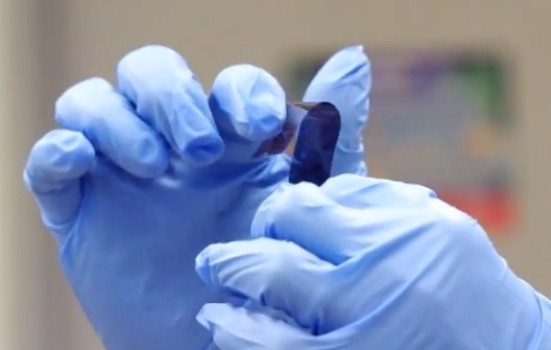Brongersma and two Stanford colleagues surveyed 109 recent scientific papers from teams around the world with an effort to make sun power more competitive, and find ways to design ultrathin solar cells that cut material costs.
They where seeking ways that reveal trends and best practices that will help drive developments in ways that researchers are trying to maximize the collisions between photons and electrons in the thinnest possible layers of photovoltaic materials.
“We want to make sure light spends more quality time inside a solar cell,” said Mark Brongersma, a professor of materials science and engineering at Stanford and co-author of a review article in Nature Materials.
“We are seeing systems that use one one-hundredth as much photovoltaic material as today’s solar cells while getting 60 percent to 70 percent of the electrical output,” Brongersma said.
Cui says lowering material costs is only part of the push behind ultrathin solar. Another benefit is flexibility. Because of the thickness of the light-catching silicon layer, today’s solar cells must be kept rigid lest their crystal lattice be damaged and the flow of electrons disrupted.
Flapping silicon isn’t just a science project. Such flexibility would pay a dividend when it comes to installation, which accounts for roughly one-third of the total cost of a rooftop solar array.
“These thin silicon cells can be embedded into flexible plastic, making installation like rolling out a carpet,” Cui said.














Comments